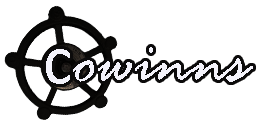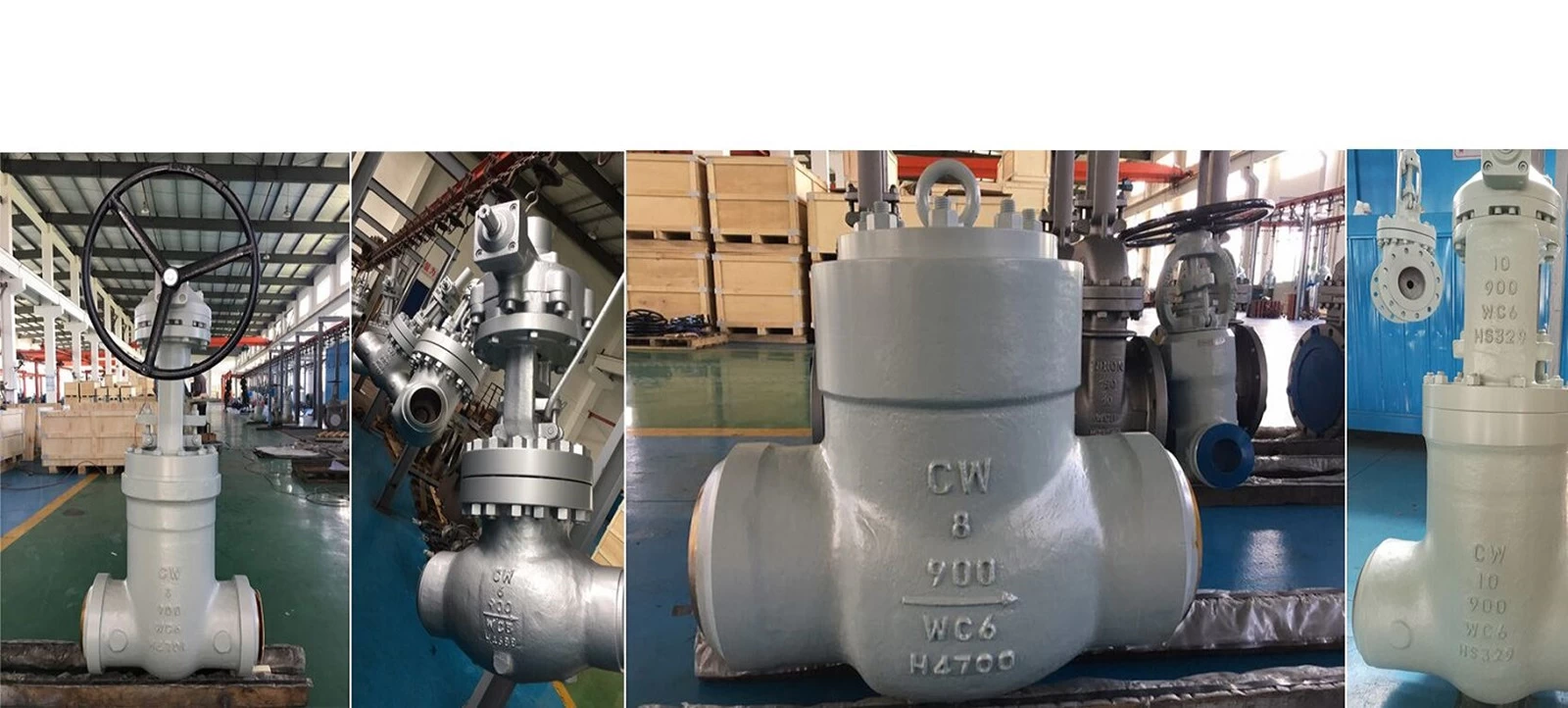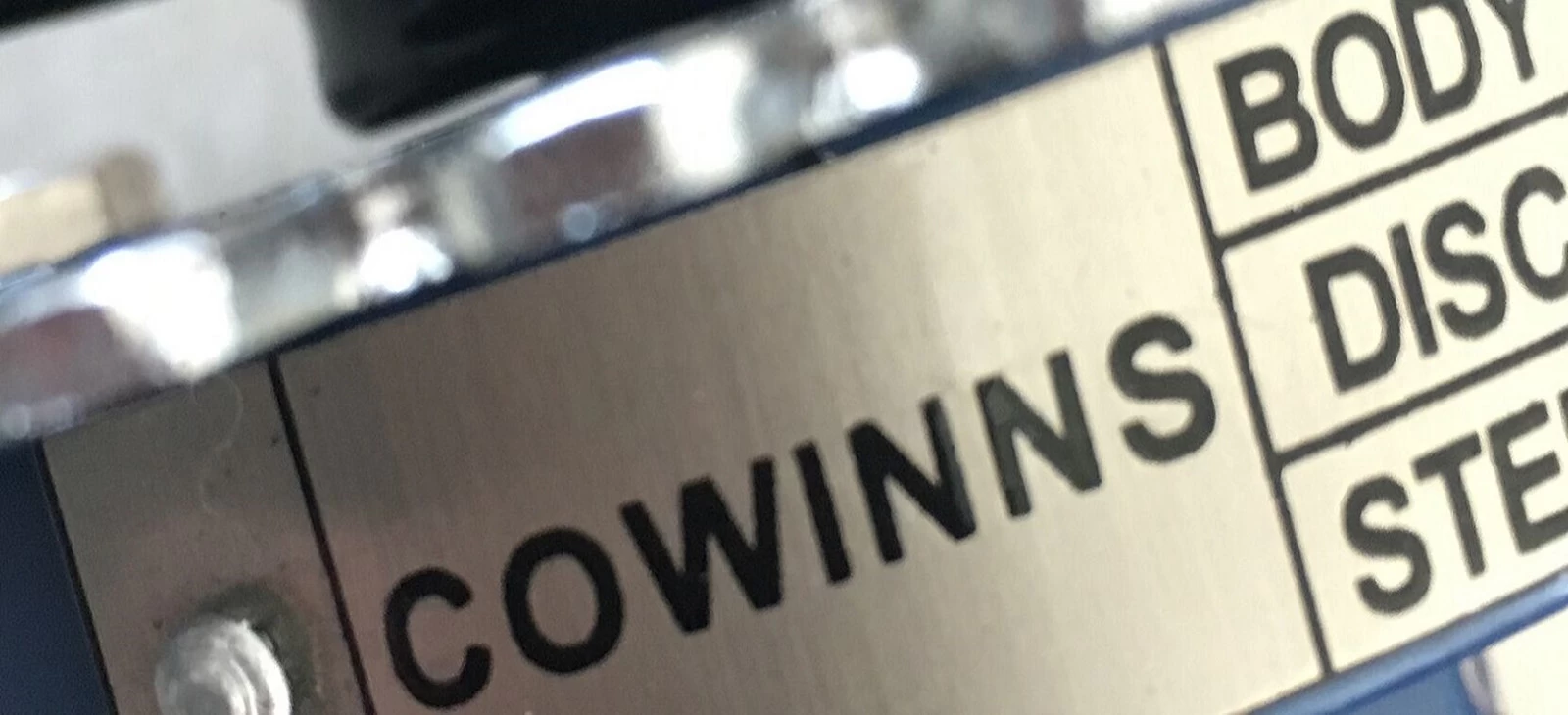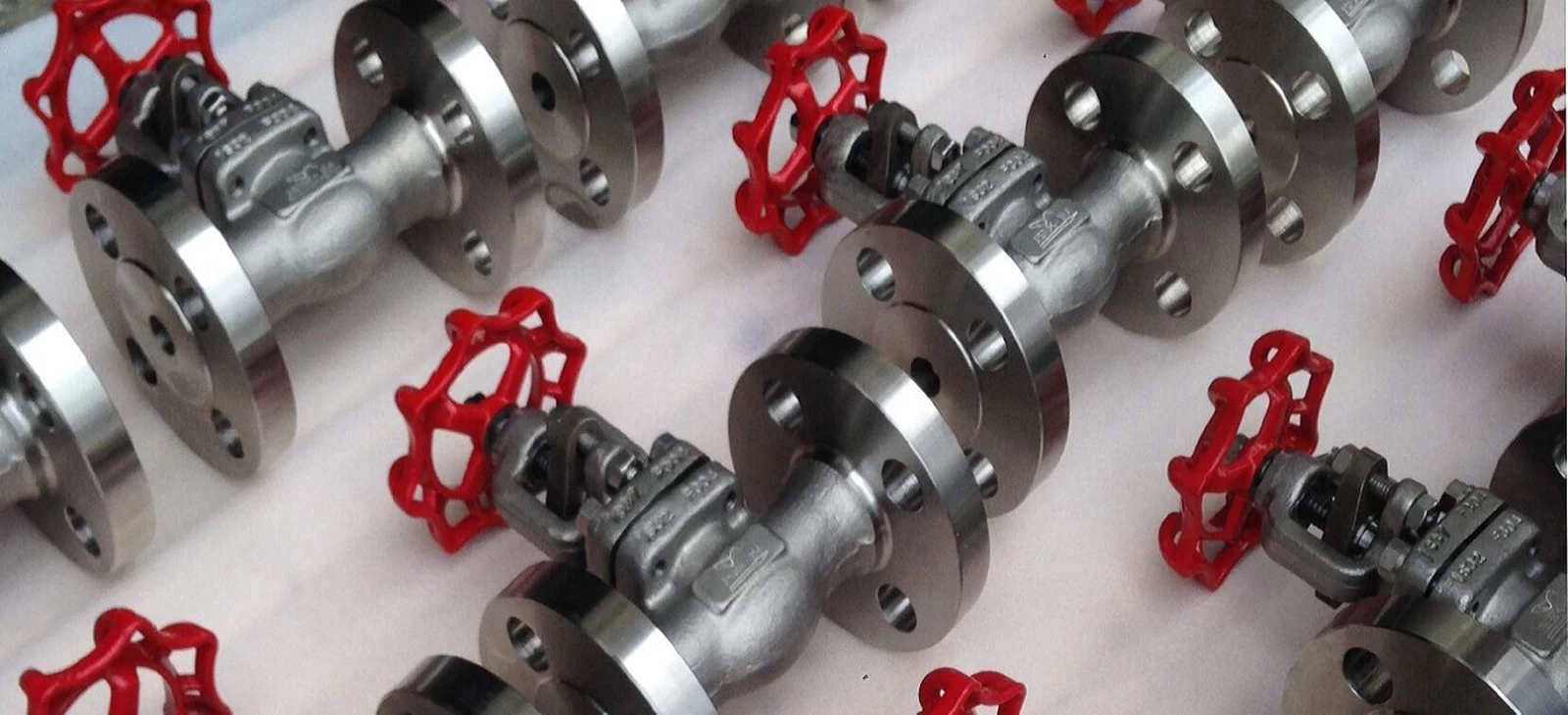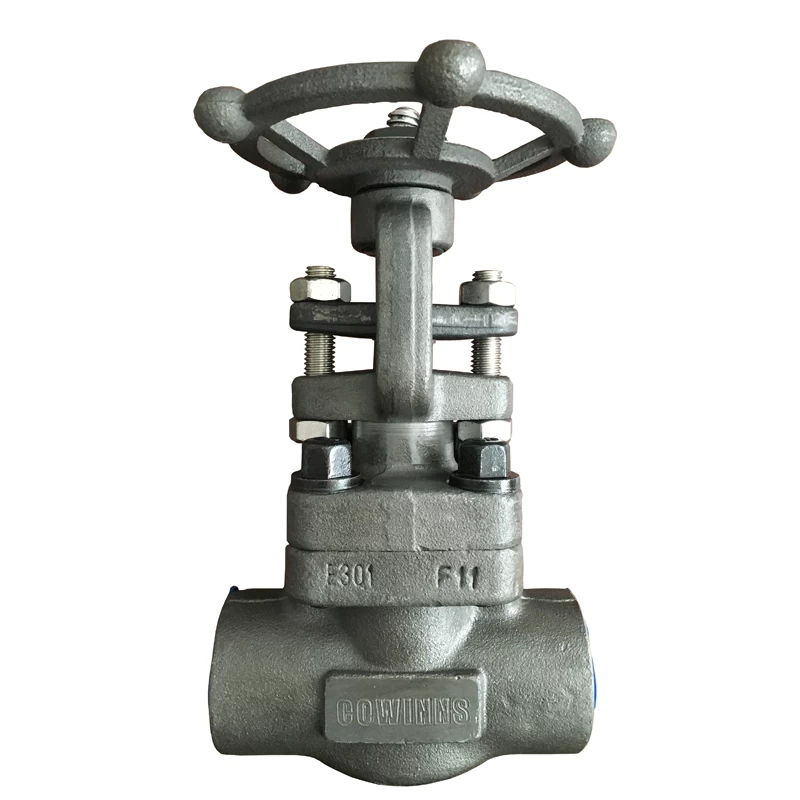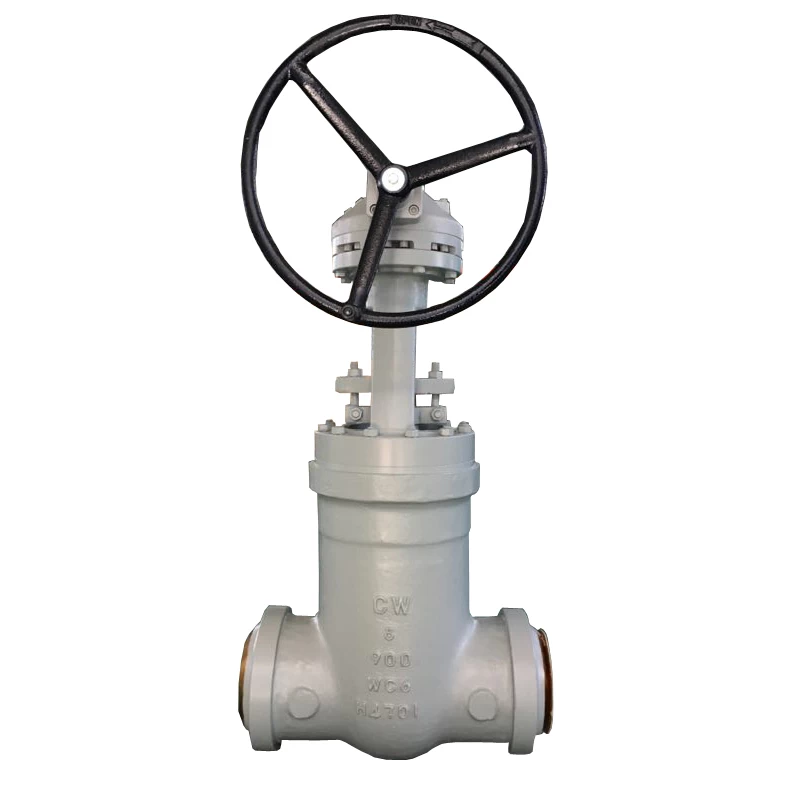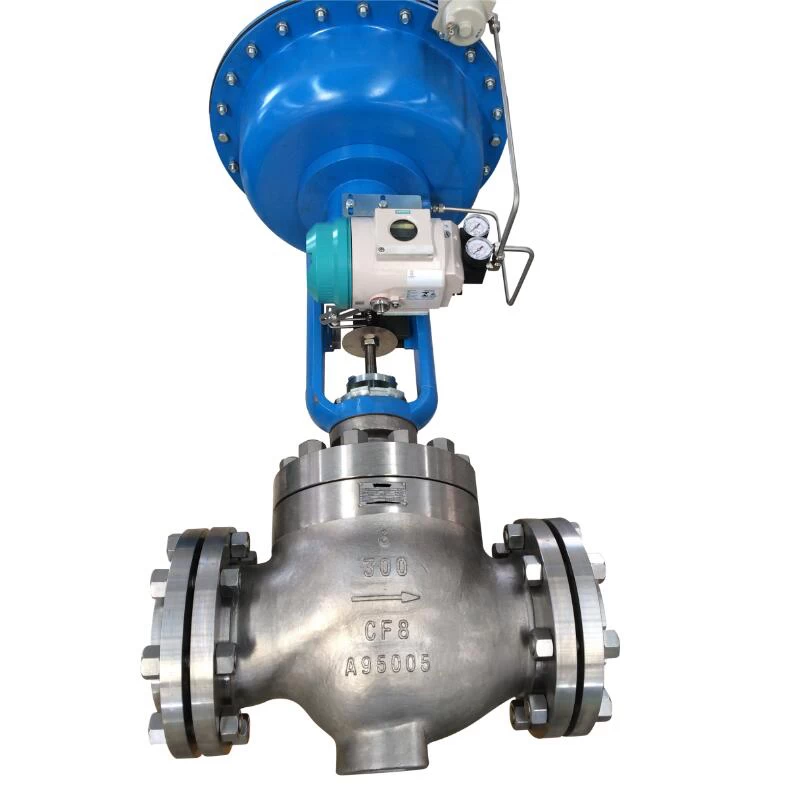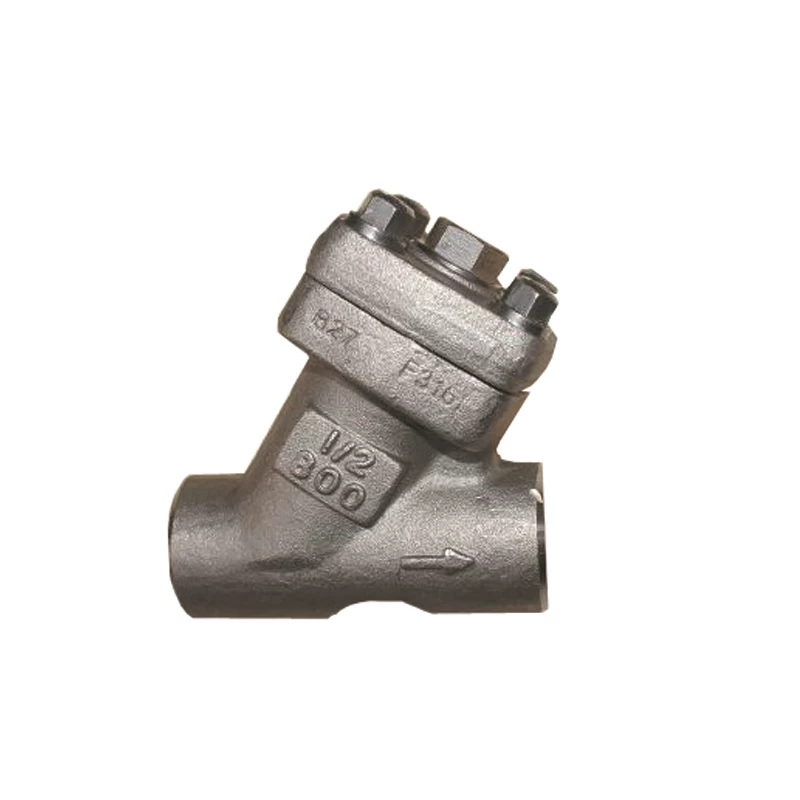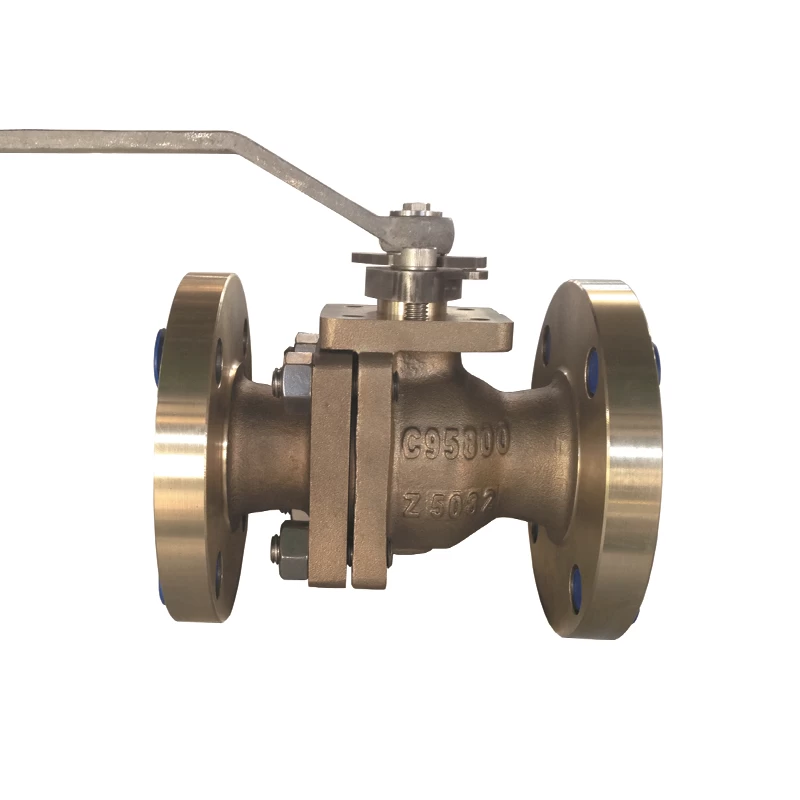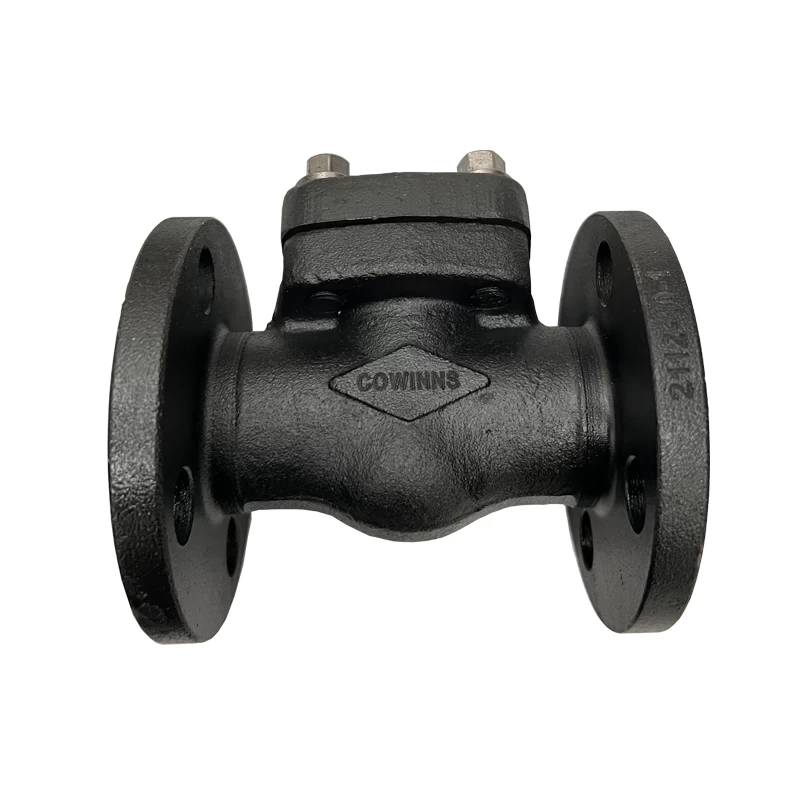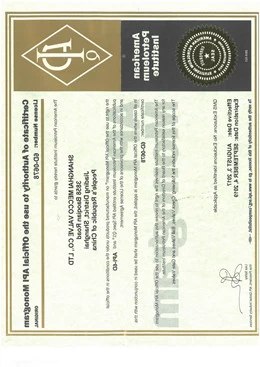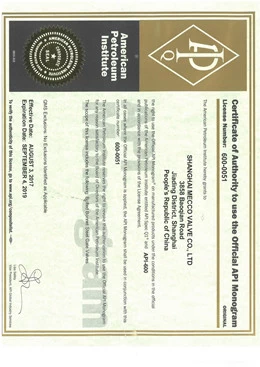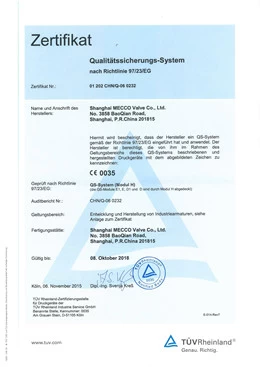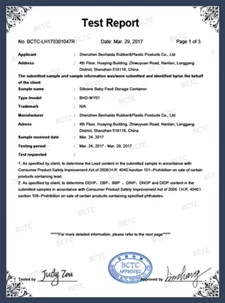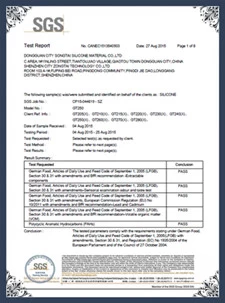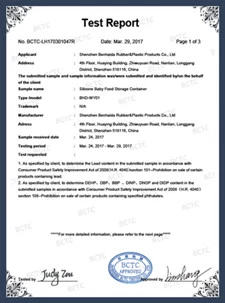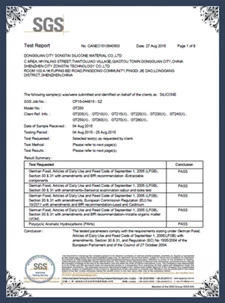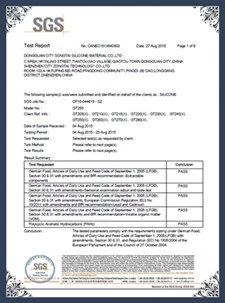The origin of the valve
Valves are devices used to control fluid flow, pressure and flow direction. The fluid to be controlled may be liquid, gas, gas-liquid mixture or
solid-liquid mixture. The valve is usually composed of valve body, bonnet, valve seat, opening and closing parts, driving mechanism, seals and
fasteners. The control function of the valve is realized by driving the mechanism or fluid to drive the opening and closing member to move up
and down, slide, swing or rotate to change the size of the flow channel area.

The valve has a wide range of uses, and it is closely related to people's daily lives. For example, faucets for water pipes and pressure
reducing valves for liquefied petroleum gas stoves are all valves. Valves are also indispensable components in various mechanical equipment
such as internal combustion engines, steam engines, compressors, pumps, pneumatic transmissions, hydraulic transmission vehicles, ships
and aircraft.

Two thousand years ago BC, the Chinese used bamboo pipes and wooden plug valves on water pipelines, and later used sluices on
irrigation channels, plate check valves on smelting wind boxes, and bamboo on well salt mining. Pipeline and plate check valves extract brine.
With the development of smelting technology and hydraulic machinery, copper and lead plug valves have appeared in Europe. With the use of
the boiler, the lever hammer safety valve appeared again in 1681. Before the emergence of the Watt steam engine in 1769, plug valves and
check valves have been the most important valves. The invention of the steam engine brought the valve into the field of machinery industry. In
addition to plug valves, safety valves, and check valves, Watt steam engines also use butterfly valves to regulate the flow. With the increase of
steam flow and pressure, the use of plug valves to control the steam inlet and exhaust of the steam engine has been unable to meet the needs,
so the slide valve appeared.
Around 1840, globe valves with threaded stems and wedge gate valves with trapezoidal threaded stems appeared one after another. This
was a major breakthrough in valve development. The emergence of these two types of valves not only met the requirements of various
industries for increasing pressure and temperature at the time, but also initially met the requirements for flow regulation. Since then, with the
development of the power industry, petroleum industry, chemical industry and shipbuilding industry, various high and medium pressure valves
have developed rapidly.
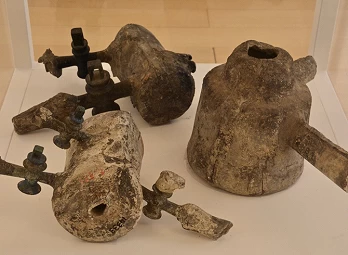
After the Second World War, due to the development of polymer materials, lubricating materials, stainless steel and cobalt-based
cemented carbide, ancient plug valves and butterfly valves have been used in new applications, and ball valves and diaphragm valves have
been rapidly developed. The varieties of globe valves, gate valves and other valves have increased, and their quality has improved. The valve
manufacturing industry has gradually become an important sector of the machinery industry. Valves can be divided into six types according to
the function of use: cut-off valve, regulating valve, check valve, diverter valve, safety valve and multi-purpose valve.
The shut-off valve is mainly used to shut off the fluid path, including the stop valve, gate valve, plug valve, ball valve, butterfly valve breaker valve, pinch valve, etc .; the regulating valve is mainly used to adjust the pressure and flow of the fluid, including
Including regulating valve, throttle valve, pressure reducing valve and float regulating valve, etc .; check valve is used to prevent the reverse flow of fluid; diverter valve is used to distribute the fluid to go, or to separate the two-phase fluid, including sliding
Valves, multi-port valves, steam traps and air exhaust valves, etc .; safety valves are mainly used for safety protection to prevent the destruction of boilers, pressure vessels or pipelines due to overpressure; valves with more than one function,
For example, terminating the check valve can not only play the role of cut-off, but also play the role of check.
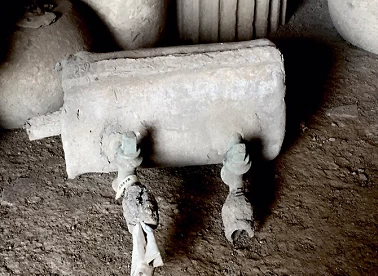
Industrial pipeline valves can be divided into vacuum valves, low pressure valves, medium pressure valves, high pressure valves, and ultra high pressure valves according to nominal pressure, such as 1/2'' 1500LB forged gate valve. Valves can be divided into normal temperature valves, medium temperature valves, high temperature valves, and low temperatures according to operating temperature
Valves; valves can also be classified according to the type of driving device, the connection method with the pipeline and the material used for the valve body. Valves can be named individually or in combination according to various classification methods, or can be opened and closed according to
The structural characteristics or specific uses of the naming.
The basic parameters of the valve are working pressure, working temperature and caliber. For a variety of valves used in industrial pipelines, nominal pressure and nominal diameter are commonly used as basic parameters. The nominal pressure is
Refers to the maximum working pressure of a certain material valve under the specified temperature. The nominal diameter refers to the nominal inner diameter of the connecting end of the valve body and the pipe.
The valve has different requirements according to its type and application, mainly including sealing, strength, adjustment, circulation, opening and closing performance. In the design and selection of valves, in addition to consideration of basic parameters and performance
In addition, the performance of the fluid, including the phase state of the fluid (gas, liquid or solid particles), corrosiveness, viscosity, toxicity, flammability and explosiveness, precious rarity and radioactivity, etc. must also be considered.
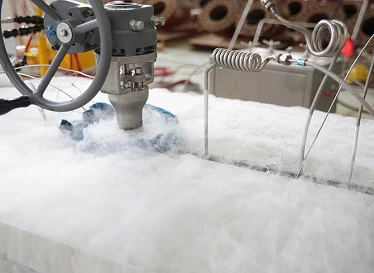
Sealing performance and strength performance are the most basic and most important performance of all valves. The seal of the valve is divided into two parts: inner seal and outer seal. The inner seal is the seal between the disc and the seat; the outer seal is
Sealing between the moving part of the valve stem and the valve cover, between the valve body and the valve cover, and between the valve body and the pipe connection site. The valve not only requires good sealing performance, but also must ensure safety.
If leakage occurs due to poor sealing or the parts are damaged due to insufficient strength, it will cause different levels of economic losses, such as the transportation of toxic, flammable and explosive or strong corrosive fluids.
Cause serious security accidents. In order to ensure the sealing and strength of the valve, in addition to the reasonable design of the structure and the quality of the process, the materials must be properly selected in accordance with the relevant standards.
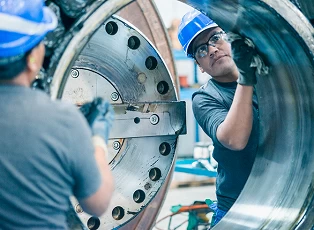
Generally, cast iron or cast copper is used for valves for low-pressure non-corrosive fluids; cast steel or forged steel for high and medium pressure valves; alloy steel for high-temperature or high-pressure valves; and stainless steel for valves with corrosive fluids
Steel, plastics, corrosion-resistant alloys (such as copper-nickel-molybdenum alloys, titanium alloys, lead alloys, etc.) or cast iron, cast steel lined with corrosion-resistant materials
Generally, brass or bronze is mostly used for the sealing surface of low-pressure valves, and stainless steel is often used for high- and medium-pressure valves. Cobalt-based cemented carbides are required for higher high-, medium-pressure or high-temperature valves. Polymeric materials.It has been widely used in valves. For example, the valve seat of ball valve is mainly made of PTFE plastic, and the sealing ring of butterfly valve and diaphragm of diaphragm valve are made of various rubber materials. These materials can be used at It has better sealing performance than metal in the range of degrees.
With the development of modern nuclear industry, petrochemical industry, electronics industry and aerospace industry, as well as the development of automatic process control and long-distance fluid transportation, modern cryogenic valves, vacuum
Development of valves, valves for the nuclear industry and various regulating valves. High pressure socket weld connection gate valve China manufacturer can supply good quality to power plant
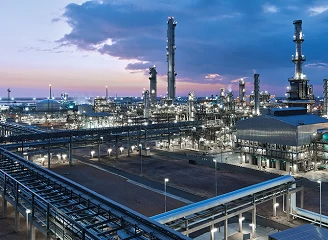
 +86 512 68781993
+86 512 68781993 